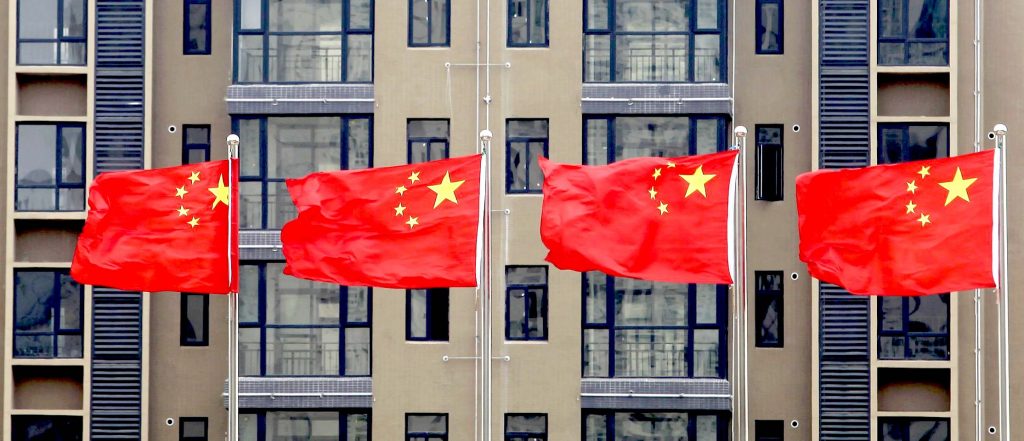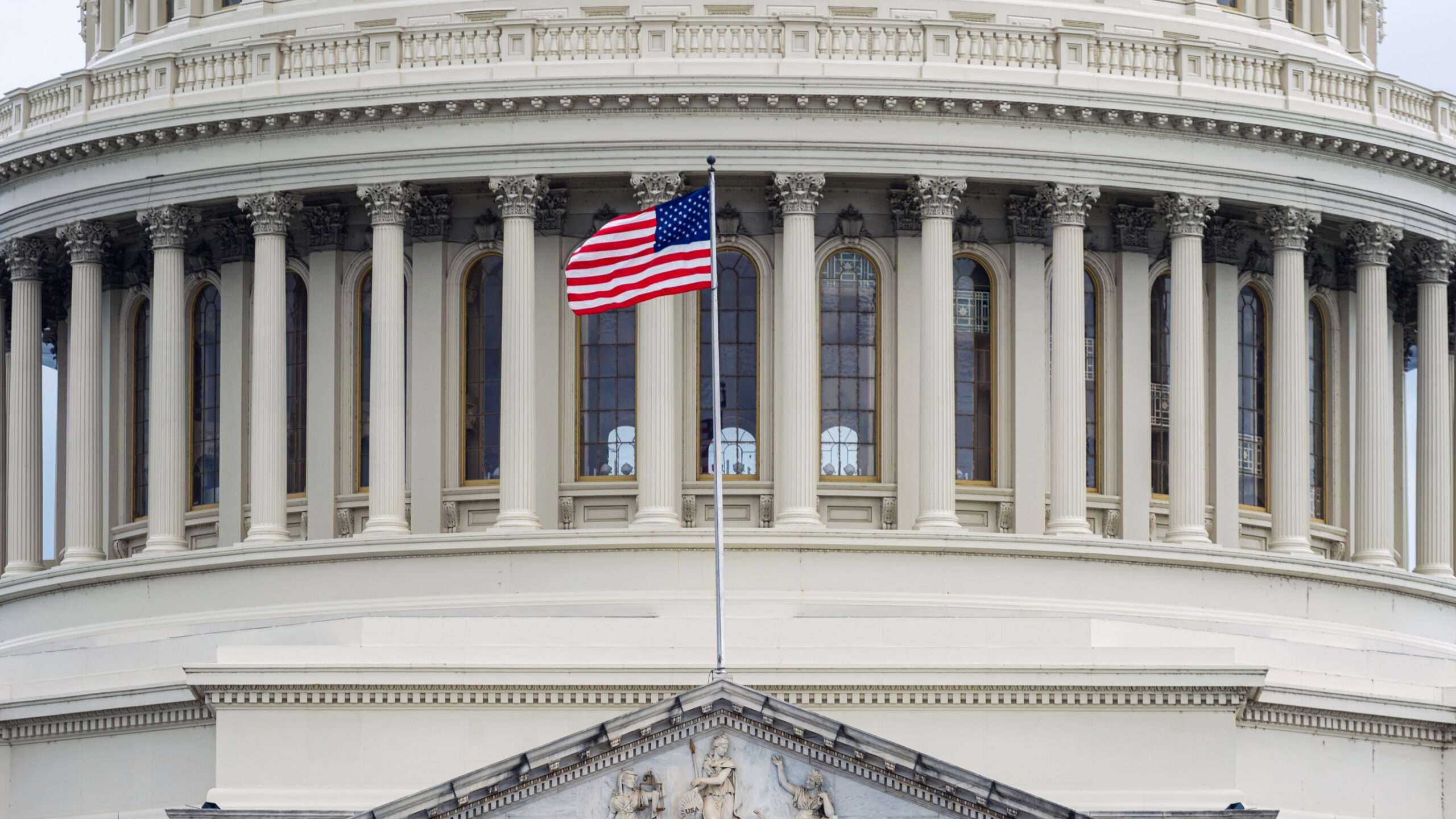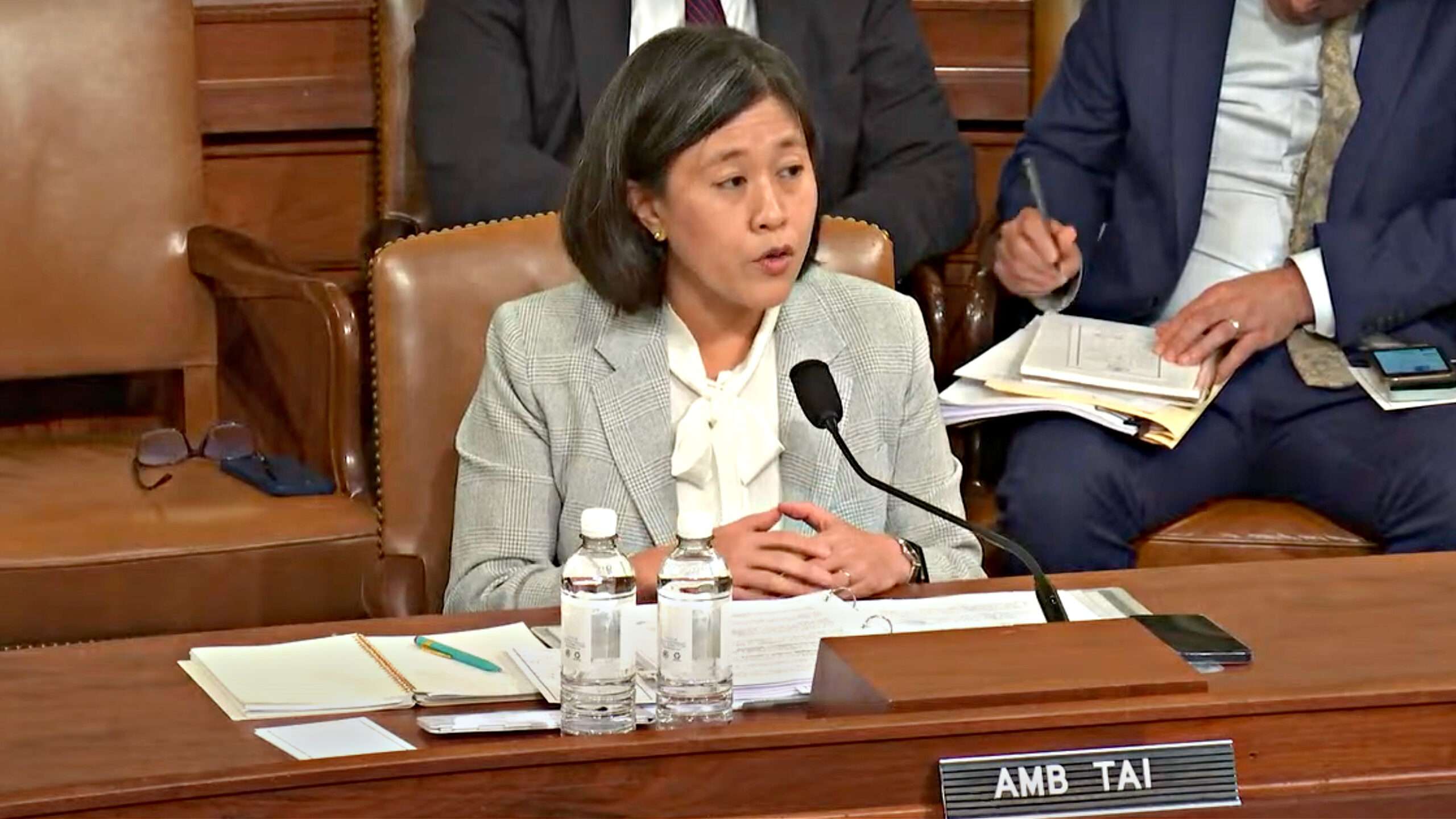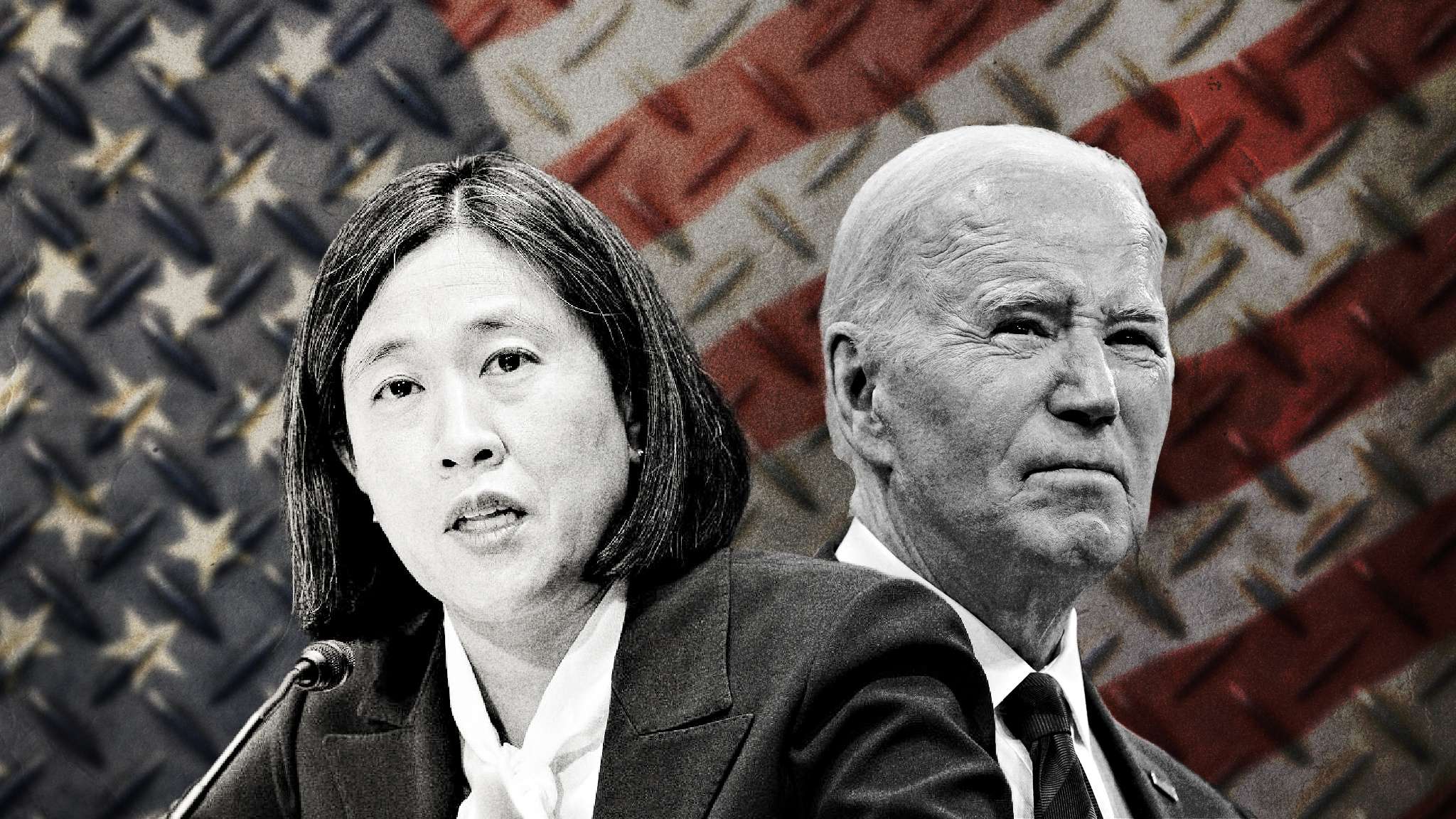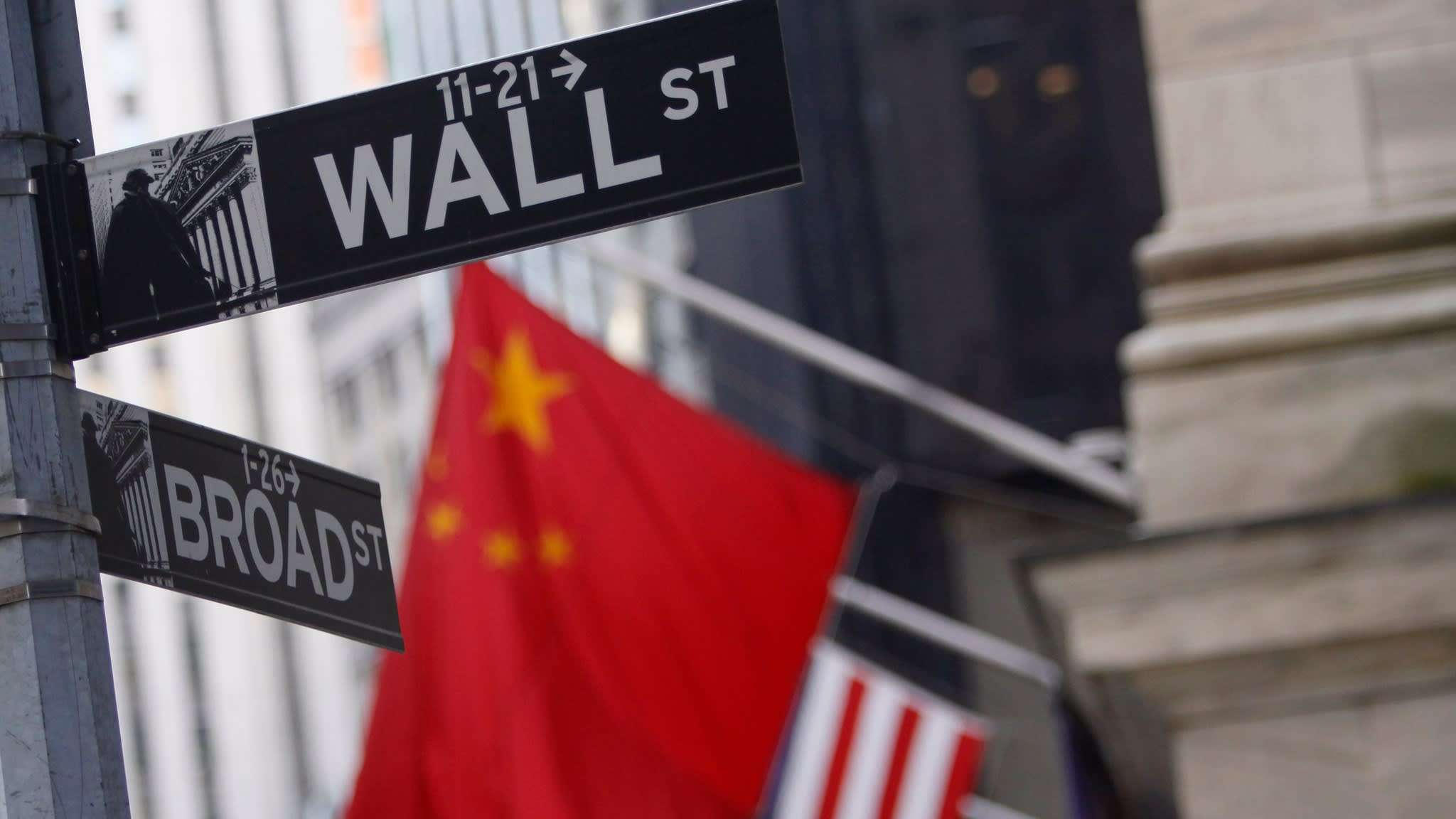China will further overhaul its bloated state enterprises and push for mergers in sectors such as power and coal, which are plagued by zombie firms, bankruptcy and debt defaults, according to the head of the agency that oversees state assets valued at $26 trillion.
[April 11, 2018 | Bloomberg]
“Some of the central state-owned enterprises in certain industries are too fragmented and have low efficiency,” said Xiao Yaqing, chairman of the State-Owned Assets Supervision and Administration Commission, referring to SOEs directly regulated by the central government. “We support companies that are willing to come together on their own,” he said in an interview on Wednesday on the sidelines of the Boao Forum in Hainan province.
As of last year, China’s SOEs had a combined 160.5 trillion yuan ($25.6 trillion) in total assets, and their total revenue could rival the size of Japan’s economy. Improving their profitability is critical to President Xi Jinping’s signature economic policy of re-balancing the economy away from an over-reliance on debt-fueled infrastructure investment and exports to one powered more by services and consumer spending.
Sasac encourages consolidation in power, coal, and machinery manufacturing to avoid “duplication,” Xiao said.
Since 2014, Sasac and other ministries have orchestrated more than a dozen mergers in various sectors that involved more than $1 trillion in assets, heeding Xi’s call to make SOEs “bigger, better and stronger”. The makeover has created behemoths such as China Railway Rolling Stock Corporation, the world’s largest train-maker, and China National Energy Investment Group, the world’s largest thermal power generator.
Desirable Results
Xiao said some of the mergers have already yielded desirable results, citing China Cosco Shipping Corp – the combination of two state shipping lines – and China Baowu Steel Group – the fusion of the nation’s two leading smelters — as examples he’s most proud of.
Potential staff and management redundancies wouldn’t be an issue because the companies were banding together out of their own will and had found mutual ground beforehand, he added. “The management of both companies will share the same will and can both accept changes to their own jobs.”
Pascal Lamy, former director-general of the World Trade Organization and Xiao’s fellow panelist at Boao on Wednesday, said state capital accounts for about half of the Chinese economy, adding that such a ratio is “too large”. “If I were to advise the Chinese system, they should make up their mind on what exactly is the right proportion,” he said.
‘Equal Treatment’
When asked whether he felt frustrated by the Trump administration’s increasing antagonism toward Chinese investments, Xiao said that although he appreciated each country would have its own laws and regulations over foreign investment and national security, he hoped “every country extends equal treatment to investments from other countries” and not apply restrictions based solely on corporate ownership.
Chinese SOEs will continue to lead the nation’s outbound investments, Xiao said on a panel Wednesday in Boao, while noting that overseas markets at present account for a small portion of their business on average.
Last year, Chinese SOEs drew 4.7 trillion yuan, or less than 15 percent, of sales from foreign countries, he said.
Last month, the U.S. rejected Broadcom Ltd.’s hostile takeover of Qualcomm Inc., sending a message that his administration won’t look kindly on any deal that would give China an edge in critical technology. Although Broadcom is based in Singapore, China loomed large in the decision, because Qualcomm is locked in a race with China’s Huawei Technologies Co. to dominate the development of next-generation wireless technology.



